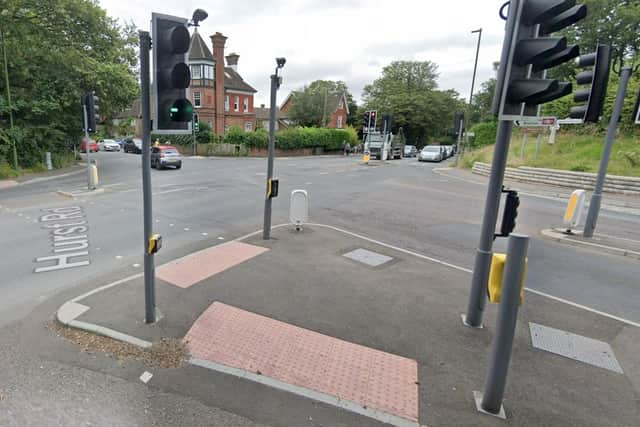Mid Sussex air quality is getting better but some areas need ‘close monitoring’, says district council
and live on Freeview channel 276
District councillors welcomed the news on Wednesday, February 1, that air quality has generally improved over the past five years and is getting better year on year.
Councillors examined the annual status report at a meeting of the Scrutiny Committee for Community, Customer Services and Service Delivery.
Advertisement
Hide AdAdvertisement
Hide AdCabinet member for Community Norman Webster said: “The air quality figures we have been presented with today are really encouraging and show positive trend towards improved air quality in our area. Currently around 80 per cent of the nitrogen dioxide in our air comes from petrol and diesel vehicles so I’m hopeful that, as low carbon transport options like electric cars become more popular, we can build on this momentum in the future.”


Mid Sussex District Council monitors air quality at 33 sites in the district, presenting data to the Department for Environment, Food and Rural Affairs (DEFRA) every year. The main pollutants covered are nitrogen dioxide (NO 2) from motor vehicle emissions and particulate matter (PM).
The district council said Stonepound Crossroads in Hassocks is an area that needs ‘close monitoring’.
A council spokesperson said: “Historically (it) has exceeded the recommended levels of NO 2 due to high volumes of traffic and the close proximity of residential properties to the road. The Council has an Air Quality Action Plan for the area to help reduce pollution, encouraging motorists to turn off their engines when stationary at the traffic lights and promoting alternative modes of transport.”
Advertisement
Hide AdAdvertisement
Hide AdThe council said improvements have been made to cycle routes with further work planned to link Dale Road in Hassocks with Manor Road in Hurstpierpoint.
The council added: “The air quality improvement measures and the newer, cleaner vehicles on the roads are working to reduce pollutant concentrations at the Stonepound Crossroads, with data showing a steady decline in NO2 levels since the Air Quality Management Area was declared in 2011.”
The council also said that moving to low carbon forms of transport like electric vehicles would help reduce nitrogen dioxide emissions. Mid Sussex District Council is now working with West Sussex County Council to increase the number of Electric Vehicle Charging Points on the street and in public car parks.
